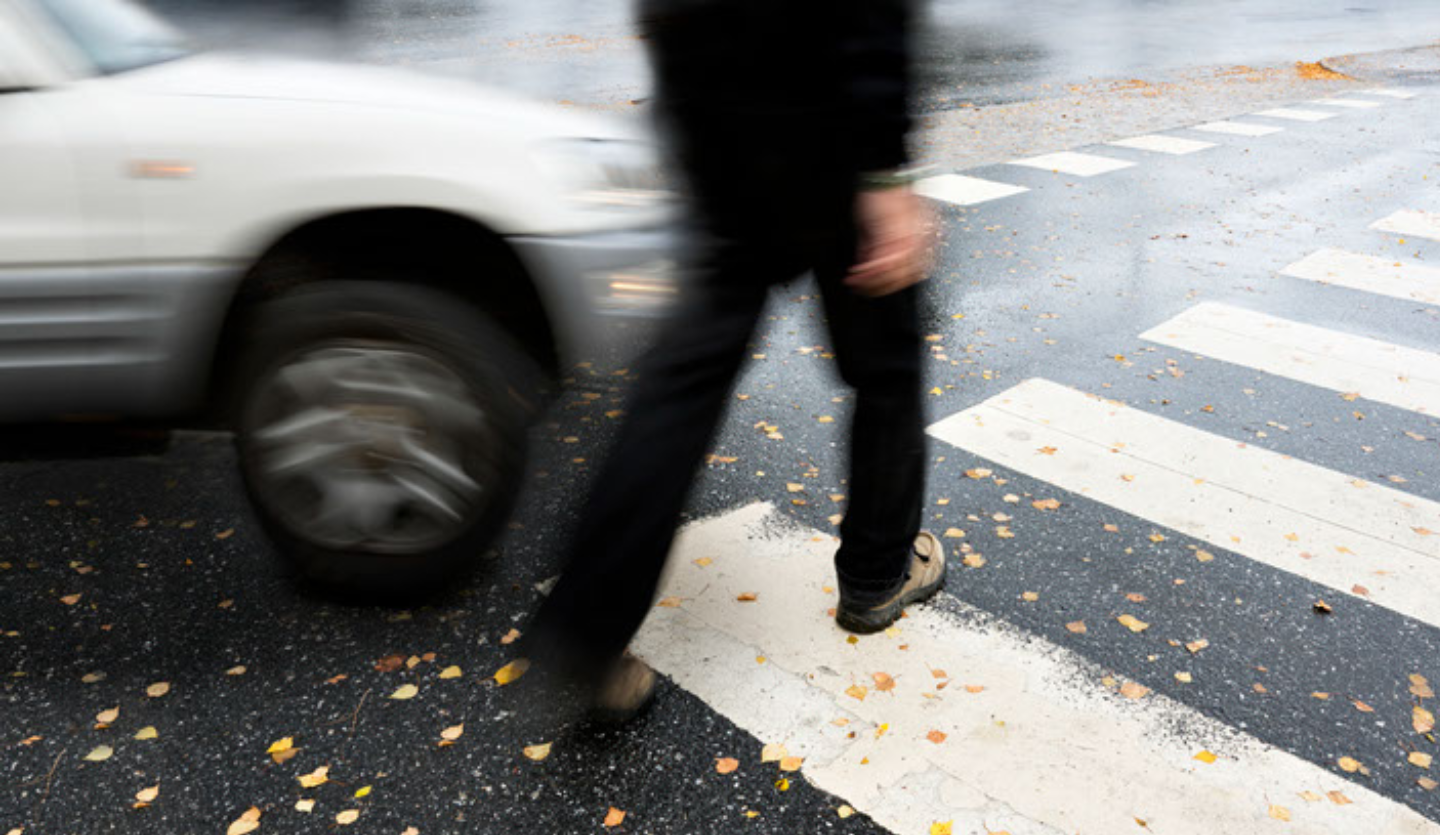

(844) - 444-4444

An increase in speeding, a rise in distracted pedestrians and drivers, and the supersizing of trucks and SUVs has led to an uptick in pedestrian deaths.
Drivers struck and killed 7,485 pedestrians in 2021, the most such deaths in a single year in four decades and an average of 20 fatalities per day, according to the Governors Highway Safety Association (GHSA), a nonprofit representing the state and territorial highway safety offices that implement federal grant programs to address behavioral highway safety issues.
A pedestrian was killed every 75 minutes in the United States in 2020. According to the GHSA, pedestrians accounted for 17 percent of traffic deaths in 2020, up from 13 percent in 2010. Pedestrian deaths rose by 54 percent over the past decade, as all other traffic deaths increased by 13 percent. According to data compiled by the National Highway Traffic Safety Administration, in 2017 the highest total percentage of traffic fatalities occurred between 6 p.m. and 9 p.m.
Distracted driving was involved in nine percent of fatal crashes and 15 percent of crashes where someone was injured, according to NHTSA statistics.
New York Vehicle and Traffic Law section 110 aw defines a “crosswalk” as
“That part of a roadway at an intersection included within the connections of the lateral lines of the sidewalks on the opposite sides of the highway between the curbs or, in the absence of curbs, between the edges of the traversable roadway.”
or
“Any portion of a roadway at an intersection or elsewhere distinctly indicated for pedestrian crossing by lines or other markings on the surface.”
Crosswalks can be marked with paint or epoxy material.
Pedestrians generally have the right of way in crosswalks but must abide by pedestrian traffic signals, such as the “Walk” or “Don’t Walk” traffic signals which can be found at some intersections.
Right of way is broadly defined by Vehicle and Traffic Law section 139 to mean: “The right of one vehicle or pedestrian to proceed in a lawful manner in preference to another vehicle or pedestrian approaching under such circumstances of direction, speed and proximity as to give rise to danger of collision unless one grants precedence to the other.”
As you might expect, determining right of way as between a pedestrian and vehicle will depend on the unique circumstances. Regardless of who has the right of way, drivers are obligated under New York Vehicle and Traffic Law section 1146 to use due care to avoid colliding with any pedestrian upon the roadway.
Notably, New York is a comparative fault jurisdiction – meaning that, if the driver and pedestrian are both partially at fault, the injured person is generally entitled to make a claim for pain and suffering. The amount of damages would be reduced in proportion to the injured person’s percentage of fault.
Cities and towns across the country and the world are exploring more effective ways to improve crosswalk safety. Some of these methods could potentially be used to make New York roads safer. For example:
Pedestrian safety is of paramount concern. The Federal Highway Administration (FHWA) recently awarded a contract to“SmartCross.” According to a report on the FHWA website, the app can send signals between a pedestrian’s phone and the nearest traffic signal box, notifying them when they have the signal to cross and potentially extending the time to cross if the pedestrian was not able to make it across in the designated time
It will be interesting to see what other crosswalk technologies are developed in the future.
The Centers for Disease Control and Prevention offers pedestrian safety tips to reduce the risk of a pedestrian traffic accident. These include
Everyone—pedestrians and motorists alike—should exercise reasonable care to avoid a collision.
When pedestrians are struck by vehicles , William Mattar P.C.’s pedestrian-accident attorneys can provide legal representation for resulting personal injuries. If you were hit and injured by a negligent driver in New York, call 844-444-4444 or complete our online form to schedule a free consultation about possible compensation for damages.





